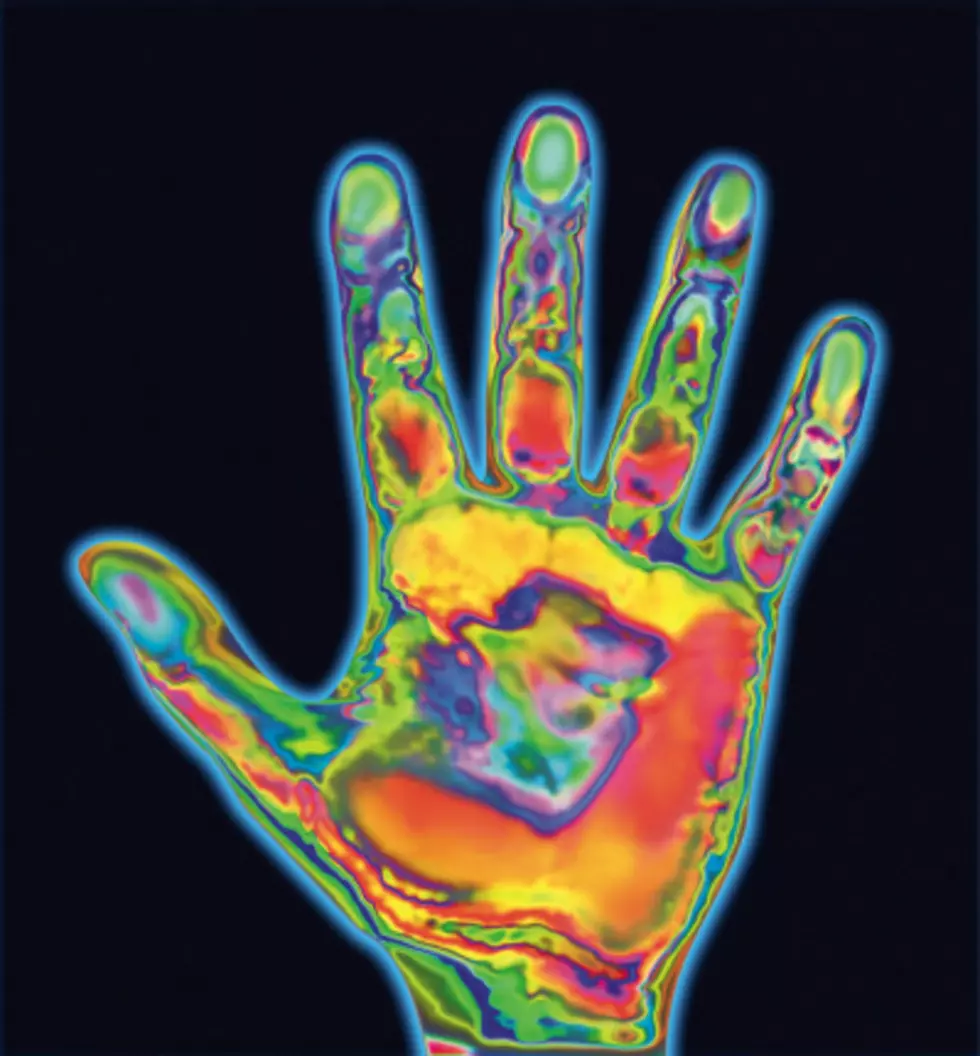
Thermal Imaging Shows Effects of Cold
We've all heard that you should wear a hat on very cold days because you lose almost 90% of your body's heat through your head. My mom used that little fun fact every time I left the house between the months of December and April. The problem with her advice was it's wrong. As in, way wrong.
From Live Science:
How special is the human head compared with other body parts when it comes to losing or retaining body heat? As it turns out, not that special.
Even the U.S. Army Field Manual used to claim "40 to 45 percent of body heat" is lost through the head, but it is simply not true, according to the British Medical Journal.
This heat-loss myth probably came from experiments in the 1950s, when military researchers exposed subjects to frigid temperatures. While their bodies were bundled up, their heads were exposed — and they were found to have lost more heat from their noggins.
In 2006, scientists revisited the question. They tested subjects in cold water with and without wetsuits, sometimes with their heads out of water and sometimes with their heads submerged. They found that the head accounts for about 7 percent of the body’s surface area, and the heat loss is fairly proportional to the amount of skin that’s showing.
At most, according to a 2008 report in BMJ, a person loses 7 percent to 10 percent of their body heat through their head.
Okay, so the fact that my mom was a little off in her calculations is not that surprising. This is the same woman who wouldn't let me swim for 30 minutes post-eating, claimed that if I didn't "stop making that face" my features would freeze in that position, and insisted nothing worthwhile ever happens after midnight (depending on your definition of "worthwhile").
I know she would never have let me hang around shirtless in the Scottish winter just to test a thermal camera, either (luckily, this guy's mom was okay with it):
More From WROK 1440 AM / 96.1 FM





